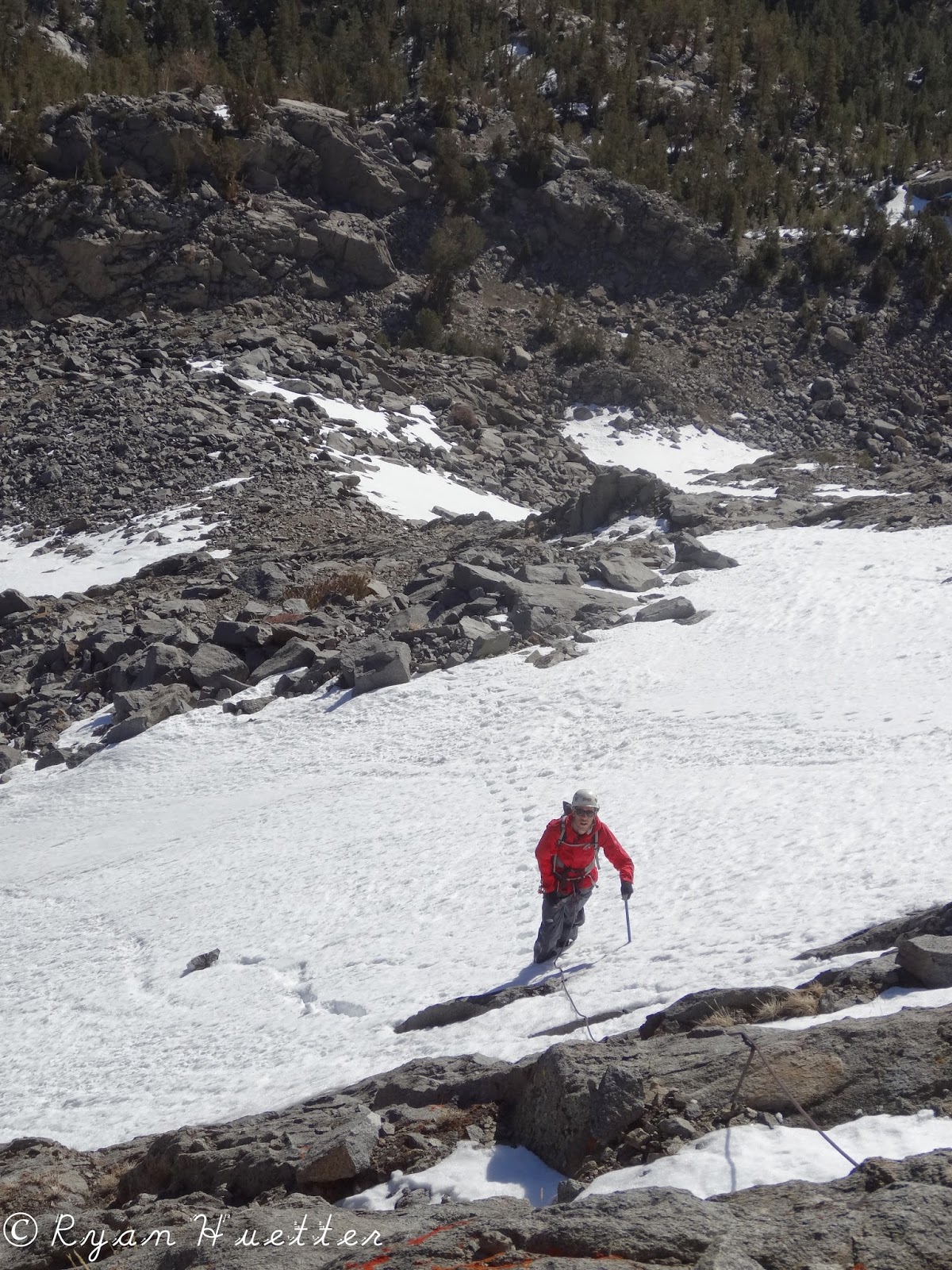September was another big work month, but I managed to get out with Jen and attempt a kind of mountain ramble that looks good on paper but once you are in the middle of executing it, feels a little bit less like such a great idea. We sought to traverse the northern section of the Sierra's Great Western Divide, from Midway to North Guard, over 7 days, through miles of complicated alpine rock terrain and over the many summits which comprise this distinct landmark. We did not realize how time consuming and complicated this travel would actually be, over seemingly infinite fields of loose and unstable talus. We did not succeed in the mission, but had an amazing time to ourselves in the remote mountains, and that is what we will remember.
As September turned into October, our thoughts drifted away from the summer season in the alpine to the red rock of the Desert Southwest. With the Four Wheel Camper installed and packed with all sorts of gear, we drove off into the desert. Our first port of call was Zion NP, where we climbed a bit, but put most of our energy towards the canyoneering adventures which Zion is famous for. Birch Hollow into Orderville Canyon is a classic moderate technical canyon, and it did not disappoint.
From the wet and wild canyons, we drove desolate stretches of highway, passing through Capitol Reef NP and the Colorado River on our way to the crack climber's Mecca known as Indian Creek. Spending a week in the Creek is not enough, but it was fun to camp and climb with a group of friends both old and new.
The road called us back though, and so we heeded its call, traveling on to visit some of the Ancestral Pueblo dwellings at Mesa Verde NP, a long and strange drive through the Navajo Nation, and then back to Zion for one more canyon.
Descending Middle Echo Canyon was a great short day of rappels into deep pools, swimming in cold water and generally feeling like little kids at a water park. Did I mention the cold water?!
And just like that, our desert vacation had to come to an end- as I flew down to Patagonia for a month of work just a few days later. Now that I am back from a successful trip down south, the snow is falling here in Mammoth and the winter looks promising, though I am already looking forward to the spring trip back out to the Southwest!





















































